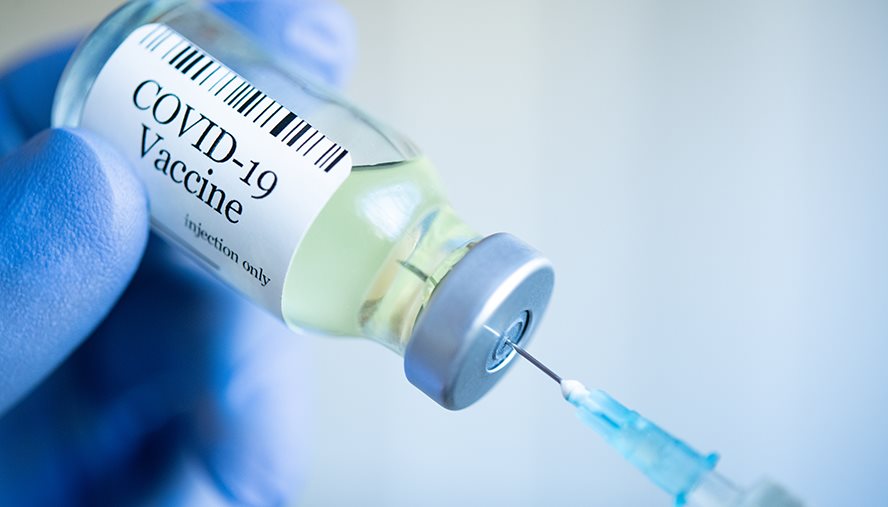 A Series of Articles on the Science Behind COVID-19
A Series of Articles on the Science Behind COVID-19
Life After COVID-19 Vaccination: How Careful Should You Be?
This information has been approved by Lindsay Sense, RN (August 2022).

Before COVID-19 vaccination began, social distancing and mask wearing were our main methods of protection against COVID-19 infection.
The majority of Americans are now vaccinated. However, there are varying state and local guidelines regarding masking. Some might be asking, “If I have been vaccinated and am protected from this disease, then why should I keep wearing a mask in certain settings?”
We have made great strides in combating COVID, but there are still multiple reasons to take extra precautions. This is true even when you are vaccinated.
What are the limits of COVID vaccine protection?
1. Vaccines are great but DO NOT provide 100% protection.
The Moderna, Pfizer, Johnson & Johnson and Novavax vaccines have proven effective in preventing COVID-19 in clinical trials. But clinical trials do no simulate actual day-to-day life accurately because most of the trial participants were more likely to continue practicing safety precautions after receiving the vaccine.
Certain COVID variants, such as Omicron, can slip past vaccine protections. So it’s important to stay protected even after getting vaccinated.
2. Vaccines have a window of maximum protection, and boosters are necessary.
The Pfizer, Moderna and Novavax vaccines need an additional shot after the first dose within three to six weeks. There is some degree of protection after the first dose, but you are still vulnerable to getting infected between the first and second doses. Research has shown that a robust immunity does not develop until 30 to 45 days after the first dose, or one to two weeks after the second. The timeline and efficacy of the vaccines can vary from person-to-person based on other health conditions that may be present.
There is also evidence that the protections granted by vaccination wane over time. This is why the CDC recommends getting a booster shot after a set period. You can use this tool to determine when it’s time for you or your child to receive a booster for maximum protection. For recipients of the Johnson & Johnson vaccine, it’s recommended that you receive a booster of either the Pfizer or Moderna vaccine.
3. You can still spread the virus after being vaccinated.
It is very clear that vaccines significantly reduce the risk of severe COVID-19 infection and death. However, breakthrough infections are still possible. So even while vaccinated, you can receive and transmit the virus. By wearing a mask and observing social distancing, a vaccinated person can prevent infections in others.
4. Masks still provide protection against all the more contagious variants.
COVID variants have been emerging in different parts of the world. Some of these variants appear to be more contagious and capable of evading vaccine protections. Studies have shown that the current vaccines do seem effective against the new strains by preventing severe disease effectively. Using a well-fitting mask and observing social distancing are also still effective measures against the virus.
What is herd immunity?
A percentage of the population needs to be immunized to achieve “herd immunity.” That percentage varies for infectious diseases. For example, the number for the highly contagious measles virus is close to 95 percent. Epidemiologists are not sure about the required number for COVID-19. Initial estimates put the number at 70 percent of the population being immunized. However, this estimate has been revised to over 80 to 90 percent. The addition of new variants also complicates this prediction.
Because of mass vaccination and prior infection, we are now beginning to see an easing of earlier restrictions. We may still need masks in certain situations — in hospitals and health care settings, for instance — but there is a path to herd immunity. So we should continue to be vigilant and considerate.
| The information on our website is medically reviewed and accurate at the time of publication. Due to the changing nature of the COVID-19 pandemic, information may have since changed. CDC.gov and your state’s health department may offer additional guidance. |


